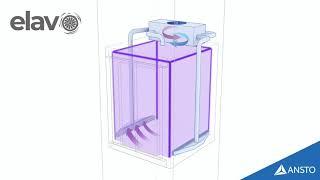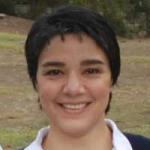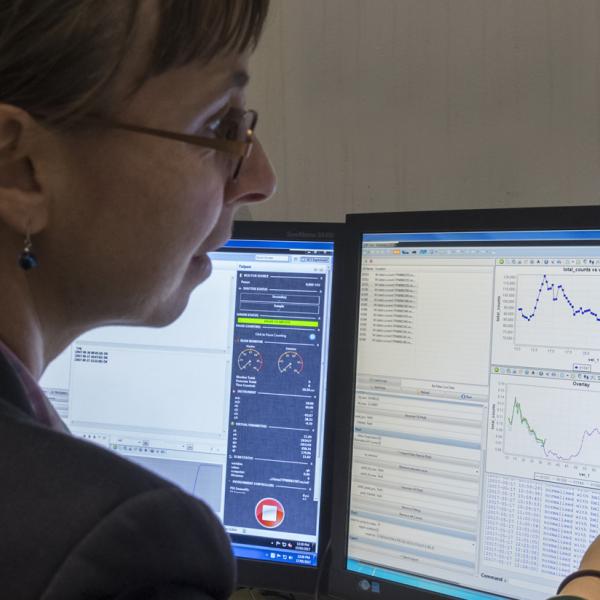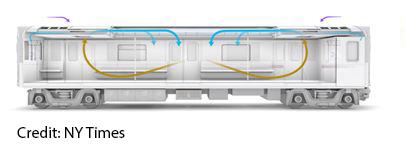
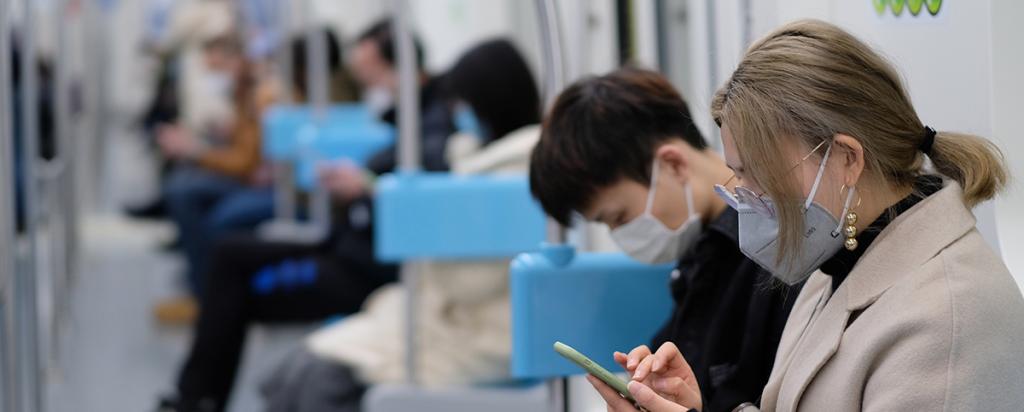
Published on the 11th August 2020 by ANSTO Staff
Key Points
-
Elavo is an award-winning integrated infection control system that could make travel by public transport and other enclosed spaces safer
-
The approach uses existing technologies developed for space applications to remove pathogens from the air and surfaces
-
ANSTO scientists and members of the nandin innovation hub made up the team that won the clean purification technology category
Update 30.09.2020
Dr Mitra Safavi-Naeini and the Elavo team members have been featured on the NASA website along with the other global winners. She also recorded a 30 second video to open the upcoming SpaceApps hackathon for NASA.
Elavo is an award-winning integrated infection control system for the air and surfaces in enclosed spaces that was proposed in response to COVID-19 as part of a NASA hackathon.
The approach combines a NASA air purification technology with a decontamination process to scrub pathogens form the air and keep surfaces sterile in high traffic public spaces, such as elevators, trains and buses.
Elavo includes technologies to detect external signs of illness, such a high temperature, sneezing and coughing, and is integrated with automatic tap-on/tap-off systems for contact tracing.
An ANSTO-nandin technology hub five-member team developed the Elavo concept for the competition over a 48-hour period using resources from NASA and other space agencies.
Elavo won the “best use of technology” category of the hackathon to develop an innovative air purification solution, beating more than 1400 other team entries.
“NASA stressed that if we want to get public transport operating close to capacity again, we need practical solutions to reduce the potential for contaminated air and surfaces that can be implemented without significant operational or maintenance costs,” said team leader, Dr Mitra Safavi-Naeini.
This can be achieved by using technologies that are commercially available, and implemented with minimal disruption to current operation of transport and mobility systems due to its short deployment time.
In developing Elavo, the team undertook research on the New York City transit system to see if there was a link between high public transport use and higher infection rates and found a correlation. At the time New York was a major epicentre of the disease.
In confined spaces, such as elevators or public transport systems, it is impossible to avoid breathing the exhaled air from other passengers. Pathogens from exhaled air may be inhaled by other passengers or settle on surfaces, such as buttons and armrests.
nandin member Jay Flack, who is the founder and CEO of a medical technology start-up Hyron Scientific, shared a calculation that each person in an enclosed space, such as a lift, will inhale approximately 2 per cent of the exhaled air from passengers.
How Elavo works
In an Elavo system, returned air is drawn down into low mounted ducts. The downward flow of air minimises the distance that exhaled droplets can travel.
The returned air is purified by a NASA filtration technology that is currently used to destroy pathogens and volatile organic compounds that build up over time in crewed spacecraft. The air is then processed by the air conditioning system and returned through output ducts in the ceiling.
To avoid infection from contaminated surfaces, Elavo involves the use of a well-established photo-sterilisation technology. High-intensity LED-based far ultraviolet radiation (UVC) will rapidly kill viruses, bacteria and fungi.
The cleaning cycle can be performed both opportunistically when the lift or train carriage is empty and its doors are closed and at periodic intervals.
In a train, sterilisation occurs both before and after a journey.
If a potentially infectious passenger is detected by an acoustic system set up to detect sneezes or coughs, the ventilation system temporarily increases the rate of air flow.
Thermal cameras are also used to detect any passenger with an elevated temperature.
If these systems are combined with existing identification monitoring technologies, contact tracing can be undertaken.
Going forward
The ANSTO-nandin team members have received an invitation to present their projects to NASA and other space organisations.
“We have already had expressions of interest from some Australian organisations,” said Safavi-Naeini.
The hackathon team comprised Mitra Safavi-Naeini (ANSTO), Jay Flack (nandin innovation hub), Amy MacIntosh (ANSTO – Graduate Institute), ShanShan Wang (nandin innovation hub) and Nathan Burke (ANSTO).
Some team members were also part of winning teams in previous hackathons.
Read more on the Elavo website.

See how air gets re-circulated in an American subway system from an interactive report in the New York Times.

